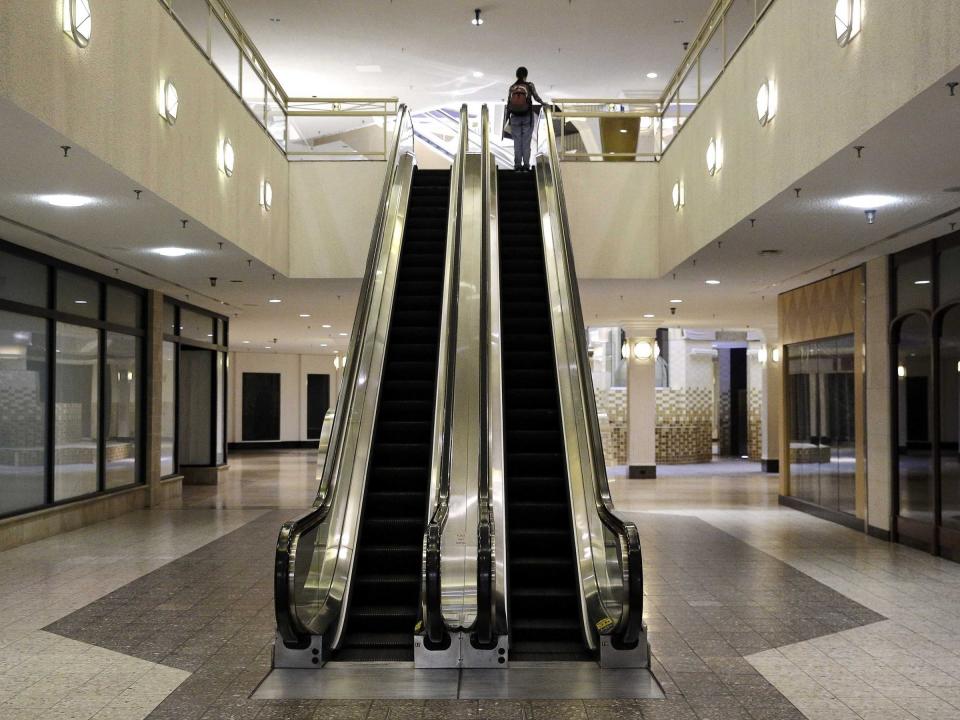34 companies that could be the next to announce mass store closures

AP
Retail stores are closing at a breakneck pace this year, and the carnage is far from over.
More than 3,600 store closures have been announced since January, and up to 10,000 are expected to close before the end of the year, according to a new report on store activity and retail health by the credit consulting firm F&D Reports.
The firm identified 34 companies that are the most vulnerable in the US, meaning they could be next to announce mass store closures and/or pursue more "aggressive alternatives" if sales trends don't improve.
The list includes mall stores like Neiman Marcus, Sears (which has already announced more than 180 store closures this year), Claire's, and J. Crew, as well as restaurants like Ruby Tuesday and Noodles and Co.
Here's the full list of vulnerable companies and their store counts, according to F&D Reports:

F&D Reports
Why are so many stores shutting down?
The closures have been a long time coming. The US built too many stores during the 1990s and into the early 2000s, and as a result, the country has an excess of retail space.
"For years, retailers responded to the gluttonous US consumers’ insatiable appetites for convenient shopping by adding retail outlets closer and closer to home," the report states. "However, shoppers now have options at their fingertips, which has made it difficult for traditional retailers to compete on convenience... or price."
The US has about 24 square feet of retail space per capita, which is far more than any other country in the world. Canada and Australia, the countries with the next-highest rates, have 16 and 11 square feet of retail space per capita, respectively.
In addition to building too many stores, the retail industry has also struggled under pressures from the growth of ecommerce and shifting shopper preferences away from apparel and accessories and toward technology, health care, and experiences.
But it's not all doom-and-gloom in the retail industry. There are a number of retailers that are opening new stores this year. Most of the companies that are growing store counts are discount chains.
NOW WATCH: South Korea requires all males to serve in the military — here's what it's like
See Also:

 Yahoo News
Yahoo News 

